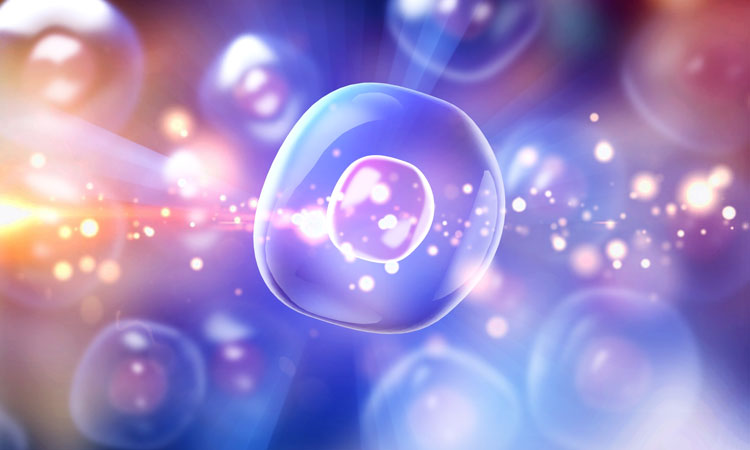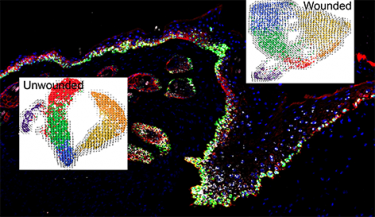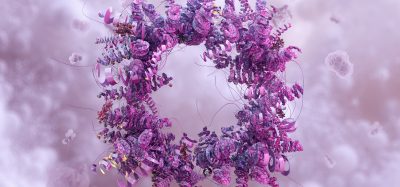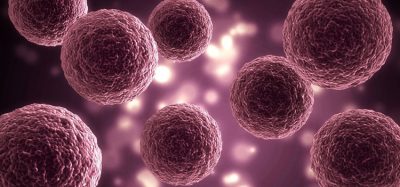Study shows how skin cells change when preparing to heal wounds
Posted: 23 March 2020 | Hannah Balfour (Drug Target Review) | No comments yet
The researchers hope their study into how cellular heterogeneity changes as the skin heals wounds will allow further research into pathological conditions that cause poor wound healing.


Scientists have published an overview of the cellular heterogeneity changes that occur as mammalian skin cells prepare to heal wounds. According to the researchers, their study provides the basis from which investigations into pathological conditions resulting in poor wound healing, such as diabetes, can begin.
“This study is the first comprehensive dissection of the major changes in cellular heterogeneity from a normal state to wound healing in skin,” said study senior author Dr Xing Dai, a professor of biological chemistry and dermatology in the School of Medicine at the University of California – Irvine (UCI), US.
The study was published in Cell Reports and shows how the team used single-cell RNA sequencing coupled with RNAScope and fluorescence lifetime imaging to identify three non-proliferative and one proliferative state in the basal layer of the skin. According to Dai, the team demonstrated that one basal state, called Col17a1Hi, may be an early progenitor or stem cell, suggesting there was a “hierarchical-lineage” to the cells involved in epidermal homeostasis.


The image shows spatially choreographed gene expression in a healing skin wound, with insets showing the predicted differentiation trajectories of epidermal cells in unwounded and wounded skin [credit: UCI School of Medicine].
The four different states in homeostatic skin differ in metabolic preference and become spatially partitioned when a wound undergoes re-epithelialisation; the process by which the skin and mucous membranes replace superficial epithelial cells damaged or lost in a wound.
According to the paper, the maintenance of epithelial tissue is driven by resident stem cells, which proliferate and differentiate depending on the needs of the tissue, either homeostatic or regenerative.
Dai concluded: “Our study lays a foundation for future investigation into the adult epidermis, specifically how the skin is maintained and how it can robustly regenerate itself upon injury.”
Related topics
Cell-based assays, Disease Research, Drug Targets, Molecular Targets
Related conditions
Diabetes
Related organisations
University of California Irvine (UCI)
Related people
Dr Xing Dai








